எங்களை அழைக்கவும்
08045479560
Die Spring ISO JIS
40 INR/Unit
தயாரிப்பு விவரங்கள்:
- பயன்பாடு Industries
- உடை
- பொருள்
- தயாரிப்பு வகை Die Spring ISO JIS
- மேற்பரப்பு பினிஷ் polished
- கலர் blue
- நீளம் இன்ச் (இல்)
- மேலும் பார்க்க கிளிக் செய்யவும்
X
விலை மற்றும் அளவு
- 20
தயாரிப்பு விவரக்குறிப்புகள்
- polished
- இன்ச் (இல்)
- Industries
- Die Spring ISO JIS
- blue
வர்த்தகத் தகவல்கள்
- வாரத்திற்கு
- நாட்கள்
- Carton packaging / As per client's requirement.
- We provide Test & hardness சான்றிதழ் also Nsic and ISO Certified.
தயாரிப்பு விளக்கம்
Vardhman Dies and Mould Tools proudly offers a comprehensive range of ISO & JIS Die Springs, designed to meet the stringent requirements of international and Japanese industrial standards. These high-performance springs are engineered for use in demanding applications such as metal stamping, injection moulding, and die-casting, where durability, precision, and consistent performance are essential.
Key Features of ISO & JIS Die Springs:
- High-Quality Material: Manufactured using premium-grade alloy steel, ensuring excellent strength, flexibility, and long-lasting performance.
- International Compliance: ISO die springs conform to globally recognized International Standards, while JIS die springs adhere to the Japanese Industrial Standards, ensuring precise specifications and reliable operation.
- Color-Coded for Load Identification:
- ISO: Green, Blue, Red, and Yellow coding for light to extra-heavy loads.
- JIS: Light, Medium, Heavy, and Extra-Heavy classifications with distinct color markings for easy selection.
- Wide Range of Sizes: Available in diverse dimensions to accommodate various industrial applications.
- Corrosion Resistance: Special surface treatment protects against rust and environmental damage, enhancing longevity.
- Enhanced Performance: Designed to handle higher stress levels with minimal deformation, ensuring consistent and reliable performance over time.
Applications:
- Injection moulding machines
- Die-casting tools
- Stamping presses
- General industrial machinery requiring precision load handling
-
Precision Engineering and Quality Finish
Our Die Springs are manufactured to strict ISO and JIS standards, ensuring precise dimensions and consistent performance. The polished surface finish enhances corrosion resistance, while the blue color coding facilitates quick identification. Each spring undergoes rigorous quality control checks to meet industrial requirements for strength and longevity, making them a dependable choice for demanding applications.
Versatile Industrial Applications
These stainless steel spiral die springs are widely used in stamping dies, injection molds, presses, and machinery where controlled force is essential. Their robust construction makes them suitable for prolonged industrial operations, supporting efficiency and safety. Industries can rely on our products for both original equipment manufacturing and replacement needs.
FAQs of Die Spring ISO JIS:
Q: How are these ISO JIS Die Springs typically used in industrial settings?
A: These die springs are commonly utilized in industrial machinery, such as stamping dies, presses, and molds, to manage and distribute force efficiently. Their sturdy spiral design and polished stainless steel construction make them suitable for continuous operations in challenging environments.Q: What is the benefit of choosing a blue, polished, stainless steel die spring?
A: Selecting a blue, polished die spring offers enhanced corrosion resistance, easy color identification, and long-lasting performance, all while maintaining the strength and reliability required for heavy-duty industrial use.Q: When should I consider replacing my die springs?
A: It is advisable to replace die springs whenever you notice a loss of tension, visible wear, or any surface defects. Regular maintenance checks can help identify issues early and prevent equipment downtime.Q: Where are these die springs manufactured and exported from?
A: These die springs are manufactured and exported from India, where stringent quality standards are maintained to meet global clientele needs. Our facilities ensure prompt supply to various industries worldwide.Q: What is the manufacturing process for spiral die springs?
A: The manufacturing process involves precision winding of high-quality stainless steel into spiral shapes, followed by polishing to achieve a smooth surface finish and rigorous testing to confirm compliance with ISO JIS standards.Q: How does the spiral design improve performance in industrial applications?
A: The spiral design allows for better energy absorption and even distribution of force, minimizing stress concentrations. This results in longer service life and consistent performance in dynamic industrial operations.Tell us about your requirement

Price: Â
Quantity
Select Unit
- 50
- 100
- 200
- 250
- 500
- 1000+
Additional detail
கைபேசி number
Email

 English
English Spanish
Spanish French
French German
German Italian
Italian Chinese (Simplified)
Chinese (Simplified) Japanese
Japanese Korean
Korean Arabic
Arabic Portuguese
Portuguese
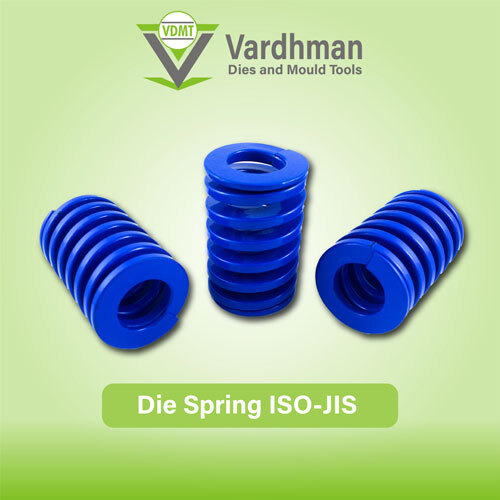
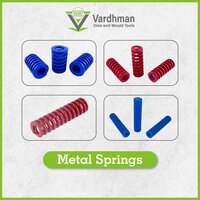

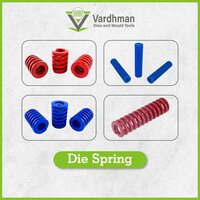
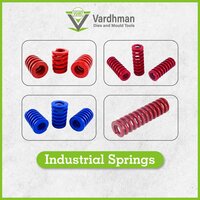
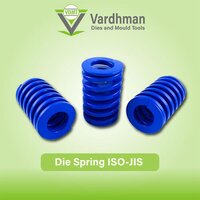
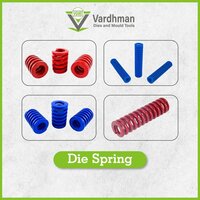


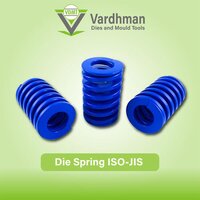


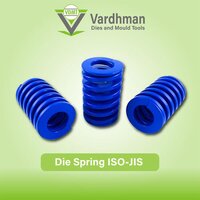


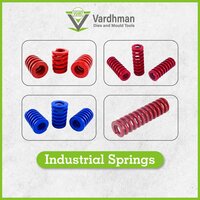







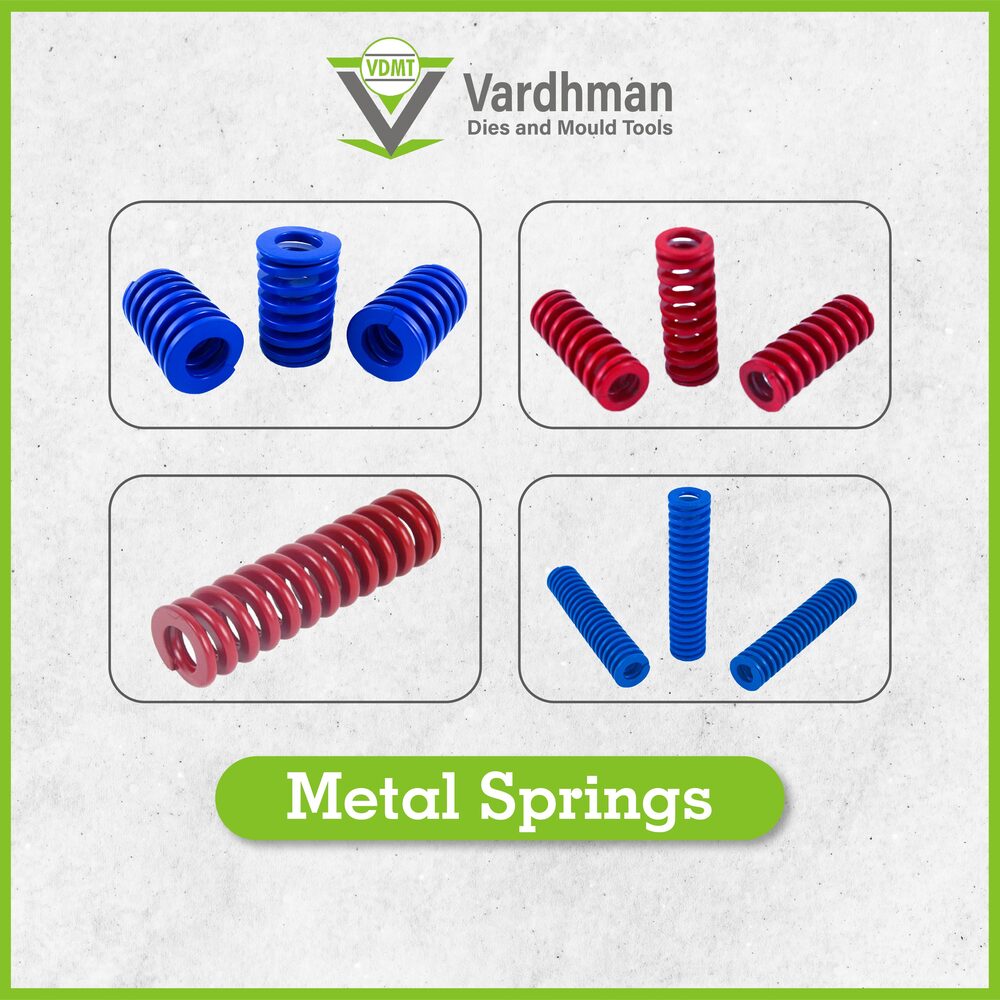

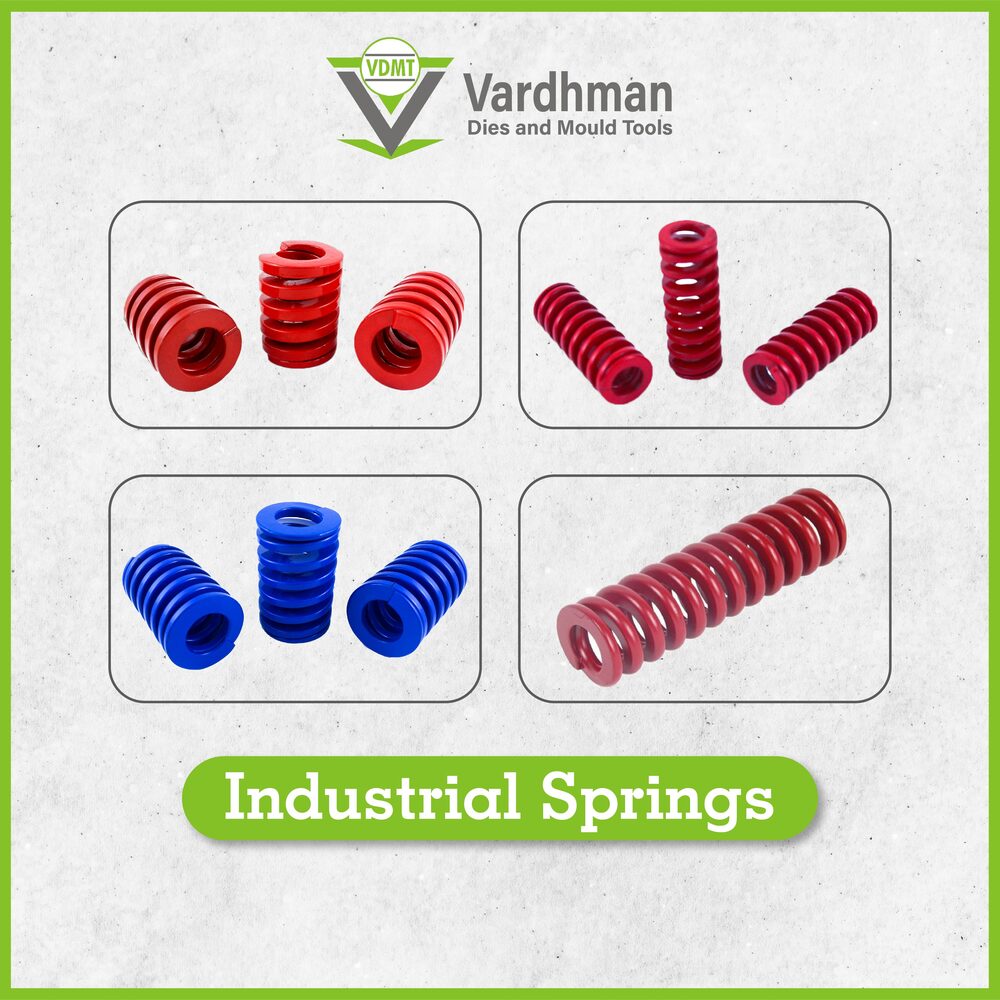
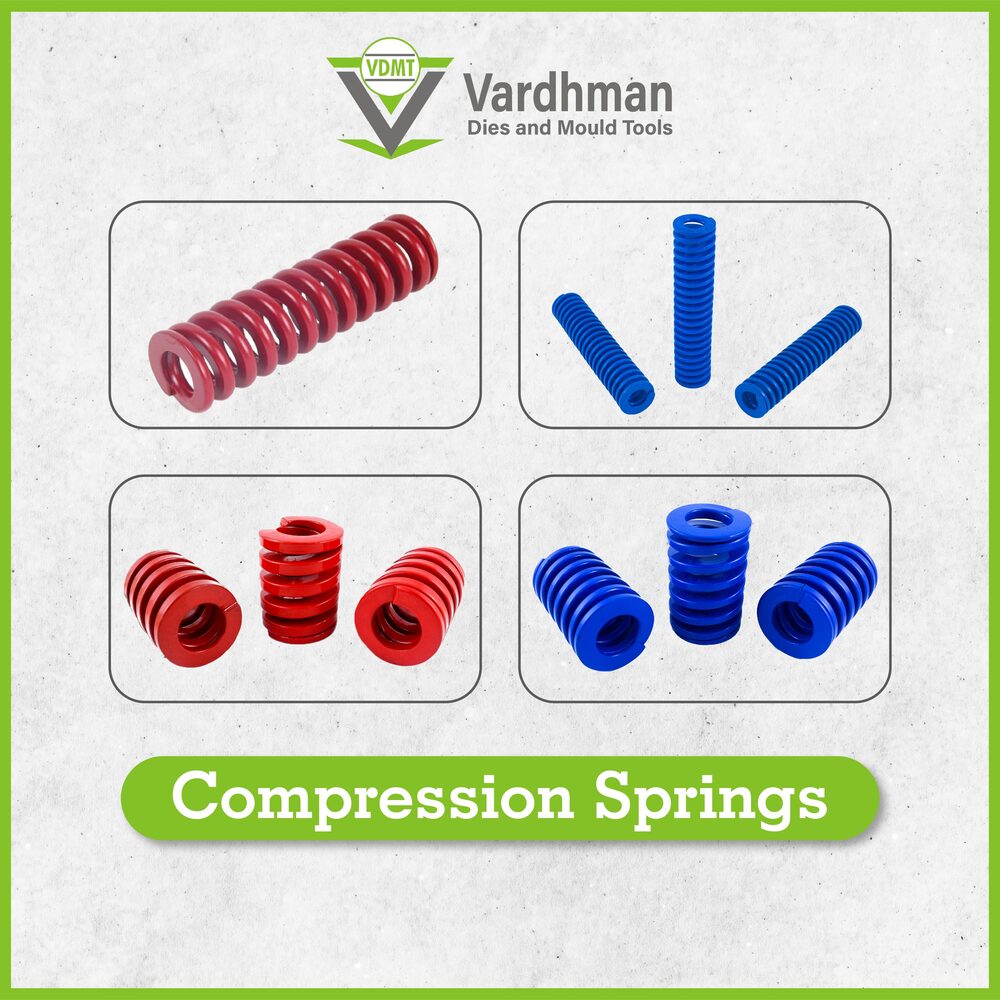


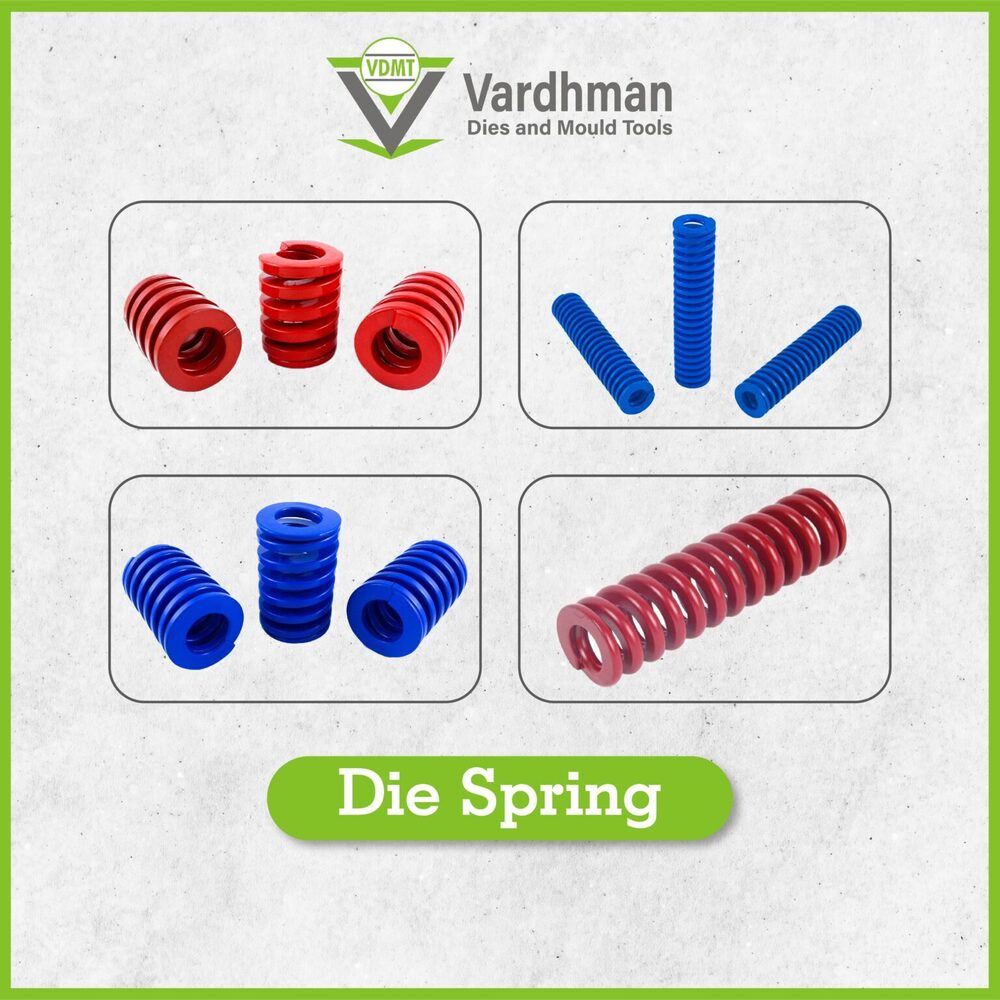



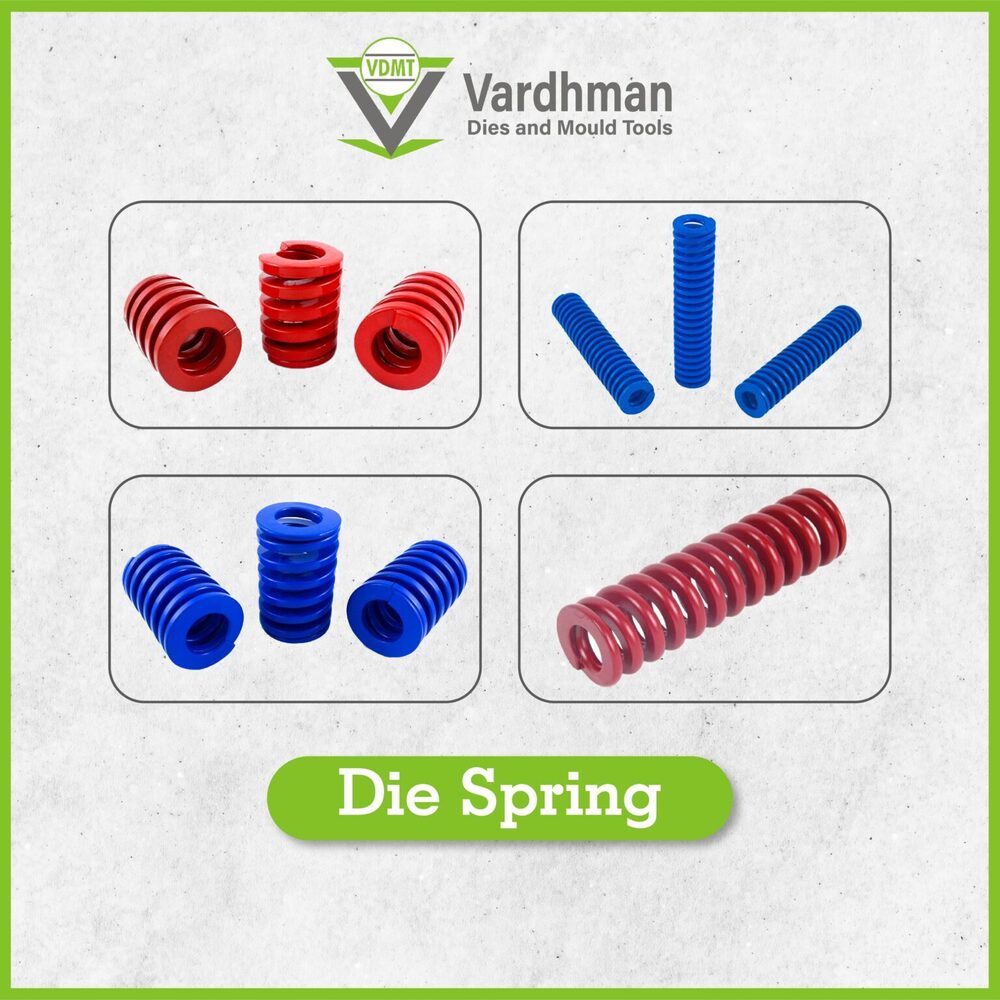
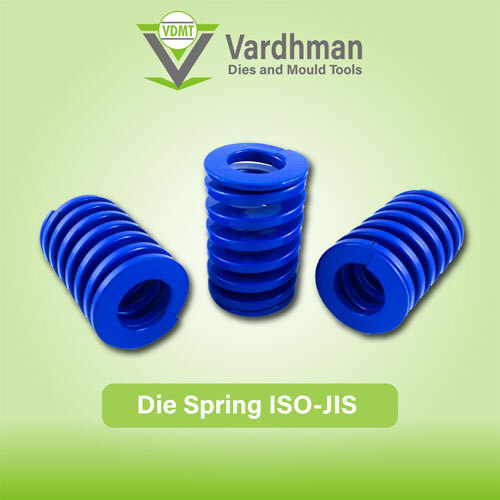

 என்னை இலவசமாக அழைக்கவும்
என்னை இலவசமாக அழைக்கவும்
